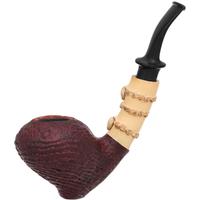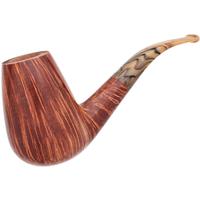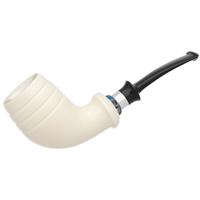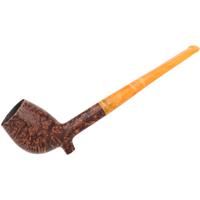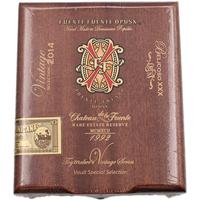[Paraphrased somewhat from something I posted elsewhere.] As I've said before, the stores of Syrian, when used up, are probably gone forever. The Syrians have not produced any in well over a decade, going on two. A lot of blends claiming to contain it do so suspiciously, at least to my nose. The McClelland blends are the real deal. A recent sample that I was given of another popular "Syrian" mixture smells distinctly of Cypriot leaf to me, though there may also be some small amount of Syrian in it, and it was, at one time, made with only the real thing. Perhaps they're cutting it to extend the life of their inventory? Dunno. Fact is, there are no labeling laws forcing manufacturers to tell the truth about the contents of their blends, so we have to rely on their integrity, and our own organoleptic evaluations. I suppose it's possible there may be some small amount of Syrian in many of the blends claiming its inclusion, but it's almost completely masqued, in so many cases, by that Cyprian smell. And, I suppose it can be easy to forget to change a label when the ingredients are changed. (The claim of Yenidje in Balkan Sobranie lasted quite a bit longer than Gallaher's use of the actual varietal, for instance.) I get that. The problem with identification is that a lot of folks have never experienced Syrian latakia in its pure form, so they're left to rely on what they've been told by the manufacturers.
Try one or more of the McClelland Syrian blends and get to know them. You'll never mistake Cyprian for Syrian once you've got that distinctive aroma engraved into your memory. The two are as different as oranges and grapefruits.
Try one or more of the McClelland Syrian blends and get to know them. You'll never mistake Cyprian for Syrian once you've got that distinctive aroma engraved into your memory. The two are as different as oranges and grapefruits.



